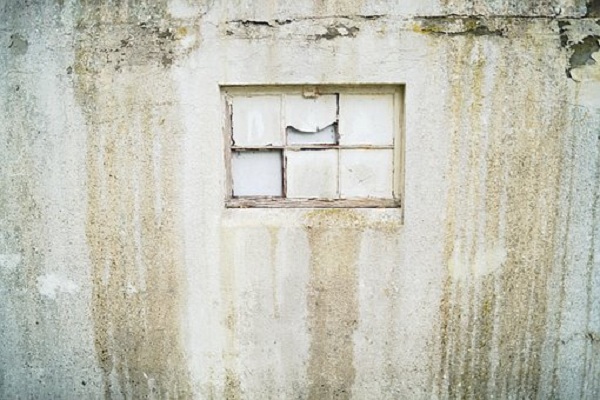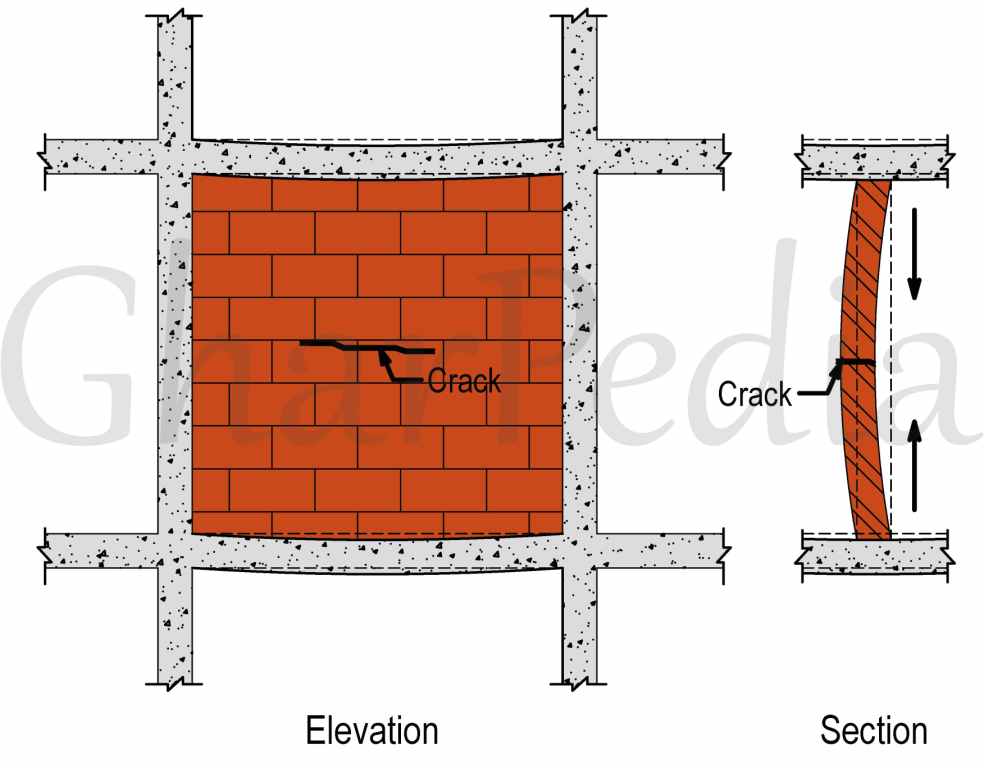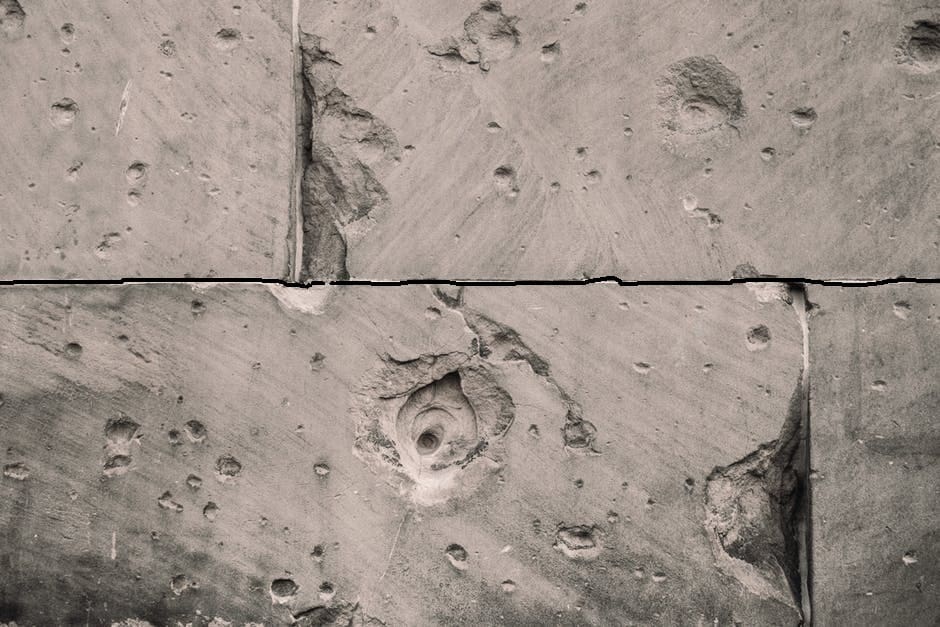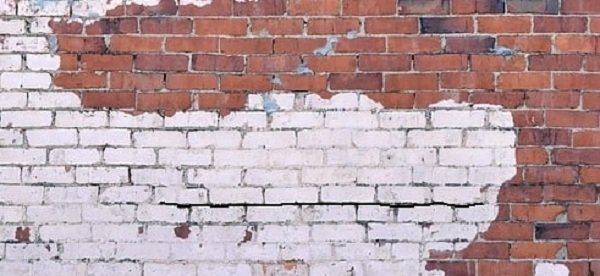The brick walls of RCC framed structures are also known as infill panels or panel walls. They have an important role in the performance of the houses. The guidelines of the codes and standards improves the quality of construction. Horizontal cracks in walls of the house are much influenced by drying shrinkage, creep, elastic strain, and the length-to-height ratio of the brick panel.

Whether the cracks are horizontal or vertical, it costs, money and time to house owner. The mere thought of cracks in walls increases the tension of homeowner, and they start thinking.
What will Happens to My House?
Are These Cracks Normal or Abnormal?
Is My House Falling Apart?
Will My House Collapse Suddenly?
Do not panic. We have already discussed the Causes that Influences the Cracks and Horizontal Cracks in Walls of Load Bearing Structure. In this post, we discuss the factors which affects the horizontal cracks in walls. We will also discuss the preventive measures to mitigate the horizontal cracks in walls of RCC framed structures.
How Elastic Strain, Creep & Shrinkage affects Horizontal Cracks in Walls?

The building materials like brick, concrete, etc. undergo deformation due to the load under “Hook’s Law”. They deform gradually and slowly due to the sustained load (weight). They also expand and contract due to the change in moisture or temperature. Hence, this deformation leads to cracks due to elastic strain, creep and shrinkage of building materials.
Horizontal cracks appear due to the development of tension in the masonry of RCC framed structure. The major factors which develop the tension in the masonry are the elastic strain, creep and shrinkage.
It is not easy to eliminate cracks totally in brick walls, as it is difficult to get rid of above phenomena. But house owner needs to follow the general measures to reduce cracks.
Here are the general precautions which will help to minimise the horizontal cracks in infill brick panels of RCC framed structures:
- Use low shrinkage and low slump concrete for construction of RCC structures.
- Do not adopt a very fast pace of construction.
- Do not remove the shuttering early.
- Do not decrease the Curing period for curing the concrete.
- In our opinion, follow the IS Code which specifies certain minimum activity period/duration for the particular construction activity to start or to follow.
- In the case of brickwork laid along adjoining RCC Columns, defer the brickwork as much as possible.
- At a time of execution of plaster work, allow brickwork and RCC work to undergo initial shrinkage and creep.
- Fix the chicken wire mess strips before carrying out plasterwork along joint of RCC and masonry.
- Provide 8 to 12 mm groove at junction of RCC and masonry.
- Extend the shuttering removal period for the RCC member like cantilever beam and slab which generally deflect more under loads.
01. Flexural Horizontal Cracks in External Brick Walls in RCC Structures:

Elastic deformation, creep and drying shrinkage cause the shortening of the column in RCC structure. In addition, heavy loads deflect the top beam greater than bottom beam and hence produce a compressive force on brick panels. Compressive force buckles the brick panel and hence flexural horizontal cracks occur at the centre of the infill brick panels of RCC structure.
Following are the preventive measures to stop cracks in brick walls of RCC structure:
- Provide horizontal movement joint between the top of the brick walls and beam bottom. If the movement joint is not provided it will lead to the separation cracks in between RCC beam and masonry Joints.
- Provide lateral support to the brick panels walls at the top by using restraints like telescopic anchorage. It permits movement in the vertical direction as well as take horizontal shear due to the wind, etc.

- Complete the RCC framework before taking up brick masonry work and start the brick partition walls from the upper story to downward (This is generally not done).
02. Horizontal Cracks in Half Brick Thick Walls:

Half brick thick walls are also known as partition walls. Horizontal cracks in partition walls of brick occur due to the excessive deflection of supports. The location and pattern of horizontal cracks in brick walls depend on the length-to-height ratio and position of the door/window opening.
We have already discussed Cracks in Half Brick Thick Walls and Measures.
03. Horizontal Cracks in Partition Walls of Concrete Blocks:

Sometimes, vertical and horizontal cracks appear when the partition walls are built with dense concrete block or light weight concrete block or sand-lime bricks. The horizontal cracks develop due to the drying shrinkage of masonry units. Furthermore, cracks become more conspicuous when the partition walls are very long or tall. In addition, they are also more conspicuous when the partition walls are built with rich mortar.
The Preventive Measures to Stop Wall Cracks in Partition Walls of Concrete Blocks are as Follow:
- Follow the precautions which we have discussed in Cracks in Half Brick Thick Walls and Measures. It will help to minimise the horizontal cracks in partition walls of concrete blocks.
- Use standard materials for construction work. Follow the standard construction practices and guideline to minimise the drying shrinkage.
Horizontal Cracks in Free Standing Walls:
01. Horizontal Cracks in Brick Walls Below the Coping Stone:

Compound walls, garden walls or parapet walls are the different form of the free standing walls which are basically cantilever walls. Horizontal cracks appear below the coping stone in the free standing walls due to the bowing of the coping. Bowing of the coping takes place if the wall is built between two heavy structures which act as rigid restraints. It also occurs due to the lack of the expansion joints at a regular interval in the brick walls.
Adopt the Following Preventive Measures to Restrict Horizontal Cracks in Free Standing Walls:
- Provide expansion joints in the wall at regular interval.
02. Horizontal Cracks in the Bed Joint of Brick Walls:

Sometimes horizontal cracks also appear in the bed joint of free-standing walls due to the sulphate attack. Sulphate can be confirmed by chemical test on the mortar and the bricks.
The preventive measures to stop wall cracks appear in the bed joints in free-standing walls are as follow:
- Use sulphate free bricks and sulphate resisting special cement, particularly in sulphate prone environments.
There is no other effective remedy for this kind of horizontal cracks in brick walls. If sulphate attacks happen, the only solution to the problem is to remove the damaged portion of walls and rebuilt it.
Nowadays modern buildings are more prone to cracks though they are tall and slender or large in volume and also have thin walls on external face. Modern buildings are more prone to cracks as they are designed for higher stress and built at a fast pace. Weather, the horizontal cracks in walls are thin or wide, repairing work consume the time of the house owner. In addition, repairing cost of cracked walls is also high. Hence always remember, prevention is better than cure.


